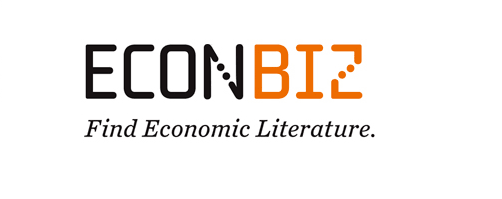The Implications of Climate Change Dynamics on South Asian Agriculture: A Trend-Based Analysis of Bangladesh, India, and Pakistan
DOI:
https://doi.org/10.52223/econimpact.2025.7209Keywords:
Climate change, Global warming, Extreme weather events, Agricultural yields, Food security, Climate-smart agriculture, Sustainable agricultureAbstract
South Asia is at a significant risk due to rapid climate change, which is defined as the climate patterns over a period of 30 years as a result of global warming. Irregular rainfall patterns, rising temperatures, and the recurrence of extreme weather events are all important indicators that affect ecosystems, agricultural production, and human populations, making them more vulnerable to climate change. Assessing trends in climate variability is important for developing effective adaptation strategies. This study examines trends in key climate variables such as temperature, rainfall, and carbon dioxide levels. Annual data from 1990 to 2020 were gathered from the Climate Change Knowledge Portal (CCKP) and the World Development Indicators (WDI). The Mann-Kendall (MK) test was used to detect trends in the time-series data, and Sen's slope estimator, a non-parametric approach, was used to quantify the amplitude of these trends. The results affirm that Pakistan and India experience higher temperatures, all three countries experience significant variations in rainfall, and CO? emissions are gradually increasing. Despite the advancements in technology, producers continue to encounter hazards as a result of inadequate resources. The study argues for climate-smart agriculture (CSA) that improves productivity, resilience, and environmental sustainability through drought-tolerant crops, water-saving practices, and conservation tillage. Urgent, region-specific CSA strategies are essential to ensure sustainable agriculture in South Asia.
Downloads
Downloads
Published
How to Cite
Issue
Section
License
Copyright (c) 2025 Amna Yousaf, Muhammad Amjed Iqbal, Raza Ullah, Muhammad Khalid Bashir

This work is licensed under a Creative Commons Attribution 4.0 International License.
















